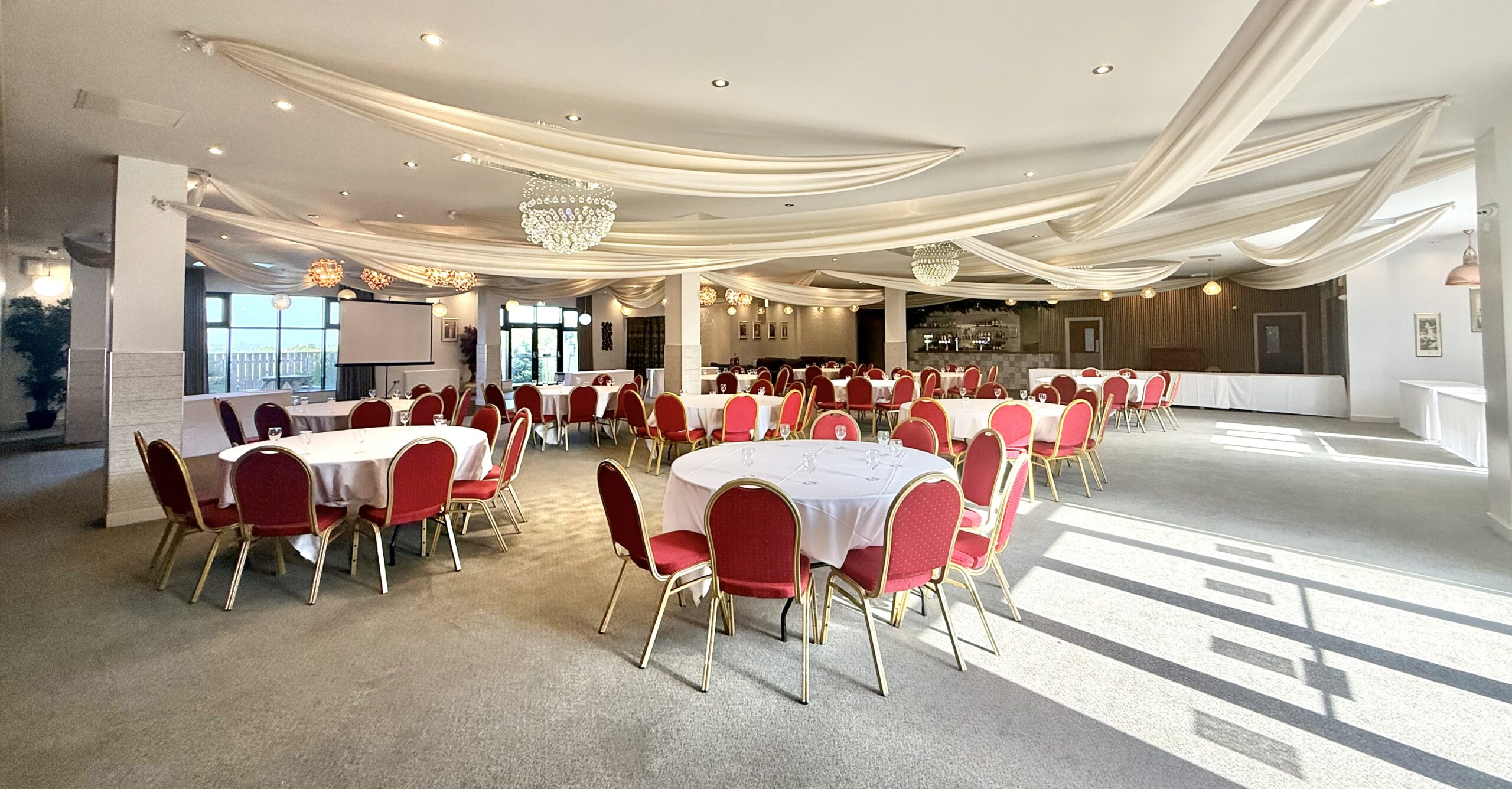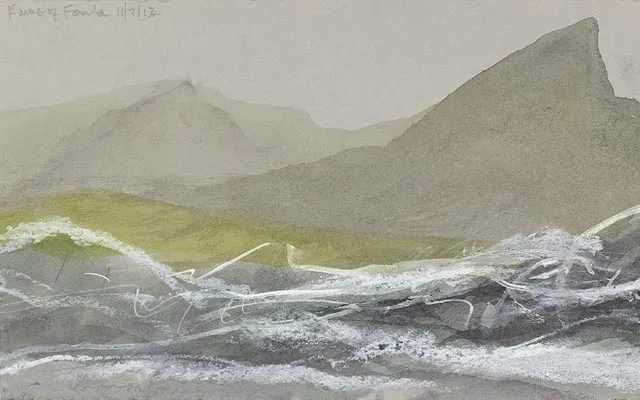Lectures for 2026

Full lecture details will be posted in coming weeks.
Jan 20th - Around the British Coast in Stunning Seascapes
Feb 17th - The Power of Photography
March 17th - Ukraine, Ilya Repin and the End of Empire
April 21st - Everything you need to know about the Royal Ballet
May 19th - The Queen Mother at the Castle of Mey
June 16th - Vincent in Ramsgate: Van Gogh in England
July 21st - Rebels not Muses: The Women Artists of European Modernism
Sep 15th - Sixty Years On: Life in Britain as seen 1960s Films
Oct 20th - “The Art of Partying”: A Feast for the Eyes
Nov 18th - Bad Behaviour : A History of Unruly Audiences
Seascapes of the British Coast

Tuesday 20th January 2026 at 10.45am
Lecturer: Susan Wood
This lecture was inspired by the late great printmaker Norman Ackroyd, who spent four decades recording the coastal landscapes of the British archipelago in etchings and sketches. A “seascape””can be a painting, print, sculpture, photograph or installation. Starting in the very far north in Shetland we move clockwise round the British coast via locations including Orkney, East Fife, Whitby, Alburgh, Brighton, St Ives and Liverpool, ending up beyond the Outer hebrides in St Kilda.
